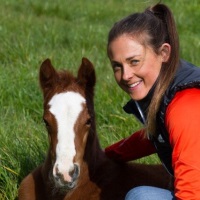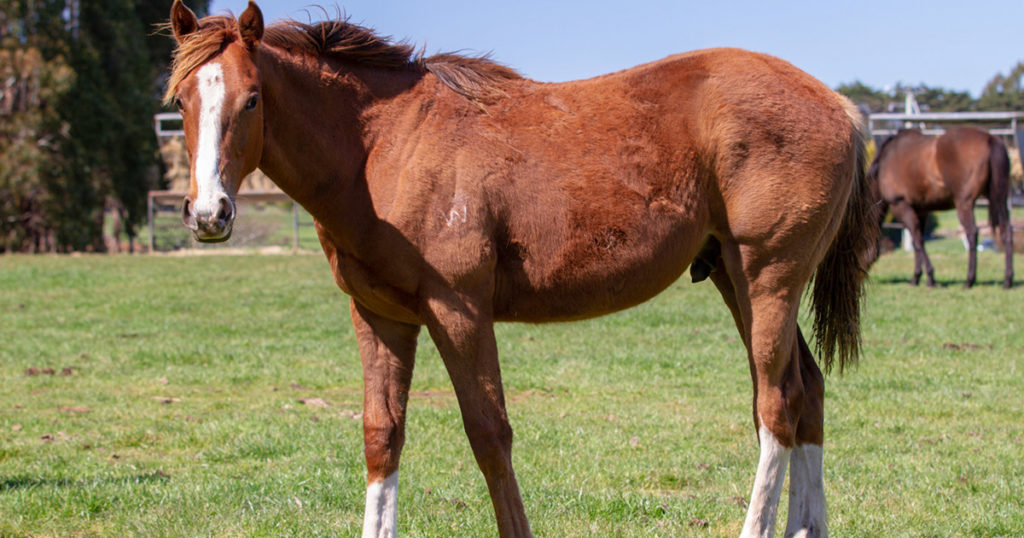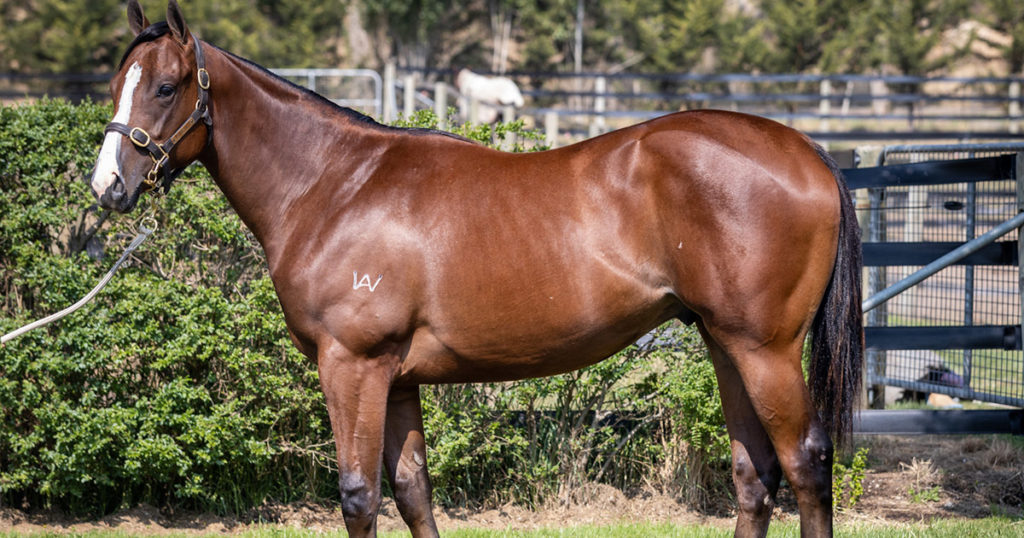SHORT MESSAGE: Adequate hay intake is essential to help prevent both gastric (stomach) and colonic (hindgut) ulcers.
THE HOW:
The importance of fibre (particularly long-stem fibre, such as that found in hay), cannot be underrated in the prevention of not only stomach (gastric) ulcers but also hindgut (colonic) ulcers.
One of the main mechanisms by which hay helps to protect the gastric mucosa is by providing a physical barrier between the cells lining the stomach and the acidic contents of the stomach. This barrier protects the stomach lining from direct exposure to hydrochloric acid.
The other main mechanism is through the production of saliva. Hay requires plenty of chewing. The more a horse chews, the more saliva it produces. Saliva contains bicarbonate ions, which help provide a chemical buffer to protect stomach mucosal tissue.
In terms of preventing hindgut/colonic ulcers, the protective mechanisms differ from gastric ulcers- but are incredibly important. Fibre passes through a horse’s stomach and small intestines undigested, where it reaches the large intestines. Here it undergoes bacterial fermentation by specialised microbes (note- it is normal and healthy for horses to digest fibre in their hindgut, it is NOT healthy for them to ferment undigested grains and other feedstuffs in their hindgut). The fermentation of the fibre results in the production of substrates known as short-chain fatty acids (SCFAs) or volatile fatty acids (VFAs). There are several kinds of SCFAs, one of great importance being butyrate.
Butyrate is used as the main energy source for cells of the colon (colonocytes) and is needed for them to maintain a healthy colonic barrier. Butyrate also helps to inhibit pathogenic (‘bad’) bacteria from adhering to and damaging the lining of the colon. Colonic ulcers arise from an inflamed or damaged colonic barrier- therefore the action of butyrate is protective against these.
We tend to think of hay as a ‘filler’ feed for horses and ponies and something that we need to restrict in fat ponies and something that is not overly helpful in the horse who is lacking condition. It can also be easy to overly focus on the ‘hard feed’ we give our horses and ponies and not think too much about hay. Whilst hay and long-stem fibre is certainly not the only thing needed for good gastrointestinal (GI) health, it is certainly very difficult (if not impossible) to have good GI health without sufficient hay (or an appropriate alternative source of fibre).

Camilla Whishaw is a highly regarded, experienced horsewoman and naturopath, helping to holistically treat and manage a broad range of equine health conditions and injuries, with a passion for mare and stallion fertility.
As a world-renowned practitioner, presenter, author, and consultant in the field of Equine Naturopathy, Camilla shares her knowledge through keynote presentations, interviews, lectures, panel sessions, and workshop training.






Pingback: Grass, Hay, Fibre and Short Chain Fatty Acids - Optim Equine